Small-scale operators need additional support
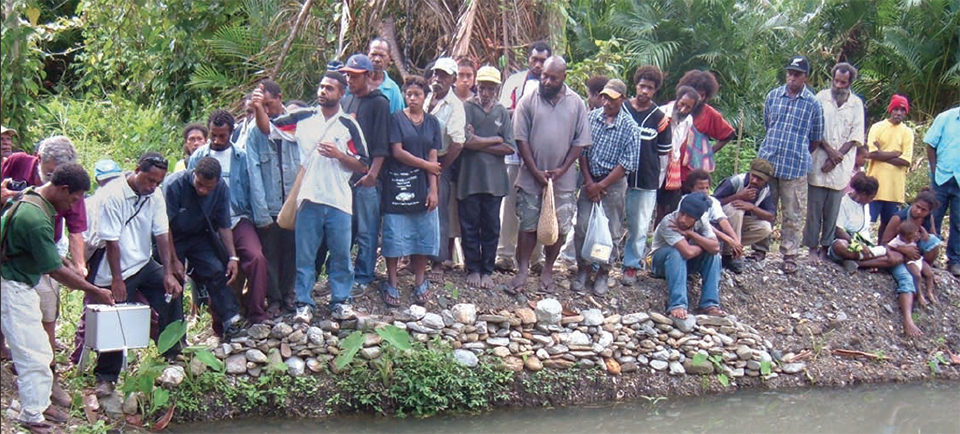
Most of the 5.6 million people of Papua New Guinea, a country located slightly south of the equator in the Asia-Pacific region, are farmers or live a rural lifestyle. More than 2.0 million live in the highlands at more than 1,400 meters above sea level. Many live at a subsistence level.
The population is growing rapidly, so food security is a major issue. Papua New Guineans have traditionally obtained food by agriculture and hunting forest animals. Fishing occurs on the coast, and some villagers regularly fish in inland waters to supplement their diets, but there is a general lack of freshwater fish in most rivers. Hence aquaculture has potential to meet the future protein requirements of the people.
Species introductions
In an attempt to increase fish stocks, more than 25 exotic species of fish have been introduced to Papua New Guinea since 1949. By the early 1990s, some 11 species had potential for aquaculture or were found in rivers and lakes. Common carp and rainbow trout were farmed in the highlands.
Between 1993 and 1997, the ambitious FISHAID stock enhancement program introduced nine new species to the Sepik-Ramu River systems, including redbreast tilapia, giant gouramy, Java carp, snow trout, golden and chocolate mahseer, pacu and curimbata. Some species like golden mahseer are breeding in Yonki Reservoir, and a new fisheries resource has been developed.
The most significant recent introduction of fish for aquaculture occurred in 2002-2003, when a genetically improved farmed tilapia (GIFT) strain was distributed to farmers from the Highland Aquaculture Development Centre, the nation’s main hatchery at Aiyura in Eastern Highlands Province. This strain of tilapia has the potential to help overcome the bottlenecks that constrain aquaculture in Papua New Guinea.
Industry structure
The authors’ team is now halfway through a four-year research and extension project which aims to improve training, fingerling supplies, and feed for small-scale fish farmers across the country. The project is funded by the Australian Centre for International Agricultural Research and collaborating institutions – National Fisheries Authority, National Department of Agriculture and Livestock, Eastern Highlands Province, and University of Western Sydney in Australia.
In a survey of 313 fish farmers, the authors identified three principal types of fish farmers in Papua New Guinea. Newcomers who had not yet harvested comprised 45 to 55 percent of the farmers. About 40 to 45 percent were established farmers who had less than 1,000 fish in ponds and had harvested at least one crop. Only 5 to 10 percent were pioneer farmers who had considerable infrastructure and were focused on selling to restaurants or export markets.
The most-established farms employed as many as 35 full-time staff and 100 casual staff, but at 68 percent of all farms, there was only one worker. Some 35 percent of farms had no stock, and more than 50 percent had a stocking density of less than two fish per square meter. Reflecting extensive fish farming, the median number of fish stocked was 70 fish per farm at a density of 1.4 fish per square meter. No electrical aerators were used at any of the farms.
Significantly, 80.2 percent of the responding farmers had not made any sales, while 43.7 percent consumed some of their own fish, with such home consumption accounting for over one-third of the harvest. These results suggested that fish farming is an important source of protein for farmers and their families.
Fish feeds were comprised of cooked or raw garden vegetables at 78.9 percent of farms. A further significant percentage of farms used garden vegetables in combination with live worms and termites. Up to 10 percent of farms used various types of pelleted feeds, including chicken pellets, trout pellets, and homemade feed based on local ingredients. The cost of commercial feed was beyond the means of most farmers. Farmers urgently need training to prepare fish feeds from ingredients available in the various climates of Papua New Guinea.
The interviews with farmers revealed that the most significant issues for development and commercial success were an improved fingerling supply, greater training, better financial support, improved feed and better supply of equipment and materials. Respondents also said that better infrastructure and development of markets were important issues.
Broodstock bottleneck
Broodstock supply is constrained by various factors. The Highland Aquaculture Development Centre is the main facility for maintaining common carp and GIFT tilapia broodstock. Unfortunately, the highlands are affected by changing weather patterns, and the center staff cannot depend on normal annual wet seasons.
A drought in 1997 resulted in the loss of all silver carp and bighead carp broodstock, and many common carp broodstock. Further, insufficient facilities and funding limit the center program to five families of GIFT broodstock, so the genetic diversity of the tilapia is restricted, as well.
Trout broodstock are maintained at the Lake Pindi Yaundo trout farm and hatchery. This privately operated farm is the sole supplier of trout eggs and fingerlings to the small-scale farmers in Simbu Province and other highland provinces.
Fingerling production
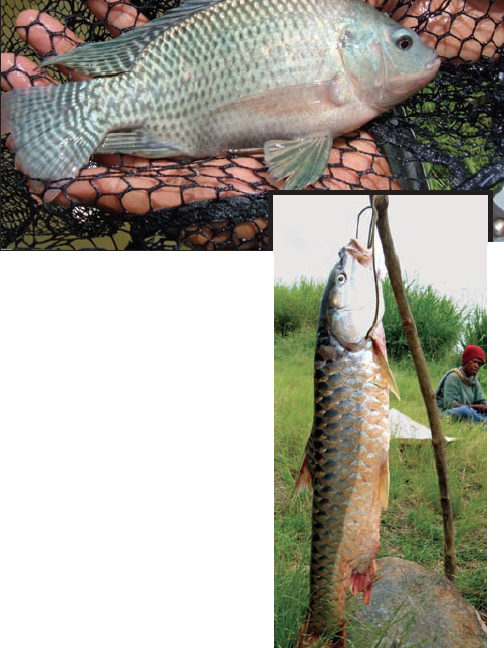
The Highland Aquaculture Development Centre has the capacity to produce more than 1 million fingerlings per year. However, production has been severely impacted by the facility’s aging infrastructure, lack of funding, and loss of technical expertise. Shortages of electric power, water, feed and hormones for carp broodstock have led to a steady decline in broodstock quality. Consequently, the frequency of spawning has dropped, and fingerling production has regularly suffered from high mortalities.
Nevertheless, the small group of dedicated staff at the center sold an average of 89,294 fingerlings annually to farmers from 2000 to 2005. Nearly 500 shipments were made, with an average of 185 fingerlings per shipment to most provinces in Papua New Guinea. Many shipments were to nongovernmental organizations (NGOs) associated with church missions and schools, which redistributed the fish to farmers.
The most important recent change to fingerling production occurred with the release of the GIFT tilapia several years ago. Because the fish reproduce in ponds without the need for hatchery facilities, many farmers have now become suppliers of tilapia fingerlings. One farm-er in the highlands of Morobe Province, who received 20 GIFT fingerlings in September 2003, reported that he had bred and distributed 10,000 fingerlings in the remote Kabwun area since receiving the original fish.
Because of the rugged terrain in Papua New Guinea, it is impossible for a single national hatchery to effectively supply the many small farms, particularly in remote areas. But most of the small-scale hatcheries are not well equipped and can not afford materials for packing and transporting fingerlings.
Most fingerlings bought at small-scale hatcheries are put into buckets or other containers with water and often transported long distances. To improve the efficiency of delivery to small farms, an important initiative was recently started in which the government, NGOs, and farmers work together to set up fingerling distribution centers at key locations. The centers are supplied with fingerlings from the national hatchery as well as experienced farmers.
Cage culture
The 2,000-square-kilometer Yonki Reservoir is the largest highland water body in Papua New Guinea. It was set up to provide electricity to the highland provinces as well as Morobe and Madang. Trials of cage culture with common carp and tilapia commenced in Yonki Reservoir in 1998.
In 2002, GIFT fish were tested with more success, and in 2003, the Yonki Fish Farmers Association formed. The first training of farmers on cage culture of the tilapia was carried out by officers of the Eastern Highlands Province in 2004.
Further training
Papua New Guinea’s geography significantly constrains travel and communications. Extension and training programs for fish farmers occur, but more are needed. In the highlands from 1984 to 1994, the Lutheran Development Service focused on training and extension at the subsistence level. Consequently, integrated farming using a combination of chickens and/or ducks with common carp was encouraged.
Following the expansion of the Highland Aquaculture Development Centre in the mid-1990s, the Japan International Cooperation Agency funded three annual training courses from 1997 to 2004. Training for fish farmers came principally through the Wokabaut Skul, which travelled to a number of locations and trained approximately 300 farmers and government officers.
Since 2000, the Asian Development Bank has funded farmer-training courses in the Morobe and Eastern Highlands Provinces. The bank makes contracts with advanced farmers or experienced officers, who then train farmers at locations central to village communities. Since 2005, the authors’ project has also identified 20 demonstration fish farms, at which six workshops a year are run for small-scale fish farmers.
(Editor’s Note: This article was originally published in the May/June 2007 print edition of the Global Aquaculture Advocate.)
Now that you've reached the end of the article ...
… please consider supporting GSA’s mission to advance responsible seafood practices through education, advocacy and third-party assurances. The Advocate aims to document the evolution of responsible seafood practices and share the expansive knowledge of our vast network of contributors.
By becoming a Global Seafood Alliance member, you’re ensuring that all of the pre-competitive work we do through member benefits, resources and events can continue. Individual membership costs just $50 a year.
Not a GSA member? Join us.
Authors
-
Dr. Paul T. Smith
University of Western Sydney
Hawkesbury Campus
Locked Bag 1797
Penrith South 1797 Australia[117,97,46,117,100,101,46,115,119,117,64,104,116,105,109,115,46,116,112]
-
Augustine Mobiha
National Fisheries Authority
Port Moresby, National Capital District
Papua New Guinea -
Jacob Wani
National Fisheries Authority
Port Moresby, National Capital District
Papua New Guinea -
Johnney Soranzie
National Department of Agriculture and Livestock
Konedobu, Papua New Guinea -
Peter Minimulu
National Department of Agriculture and Livestock
Konedobu, Papua New Guinea -
Billy Kerowa
National Department of Agriculture and Livestock
Konedobu, Papua New Guinea -
Kine Mufuape
Eastern Highlands Province Government
Papua New Guinea -
Wally Solato
Eastern Highlands Province Government
Papua New Guinea -
Hopa Simon
Eastern Highlands Province Government
Papua New Guinea
Tagged With
Related Posts
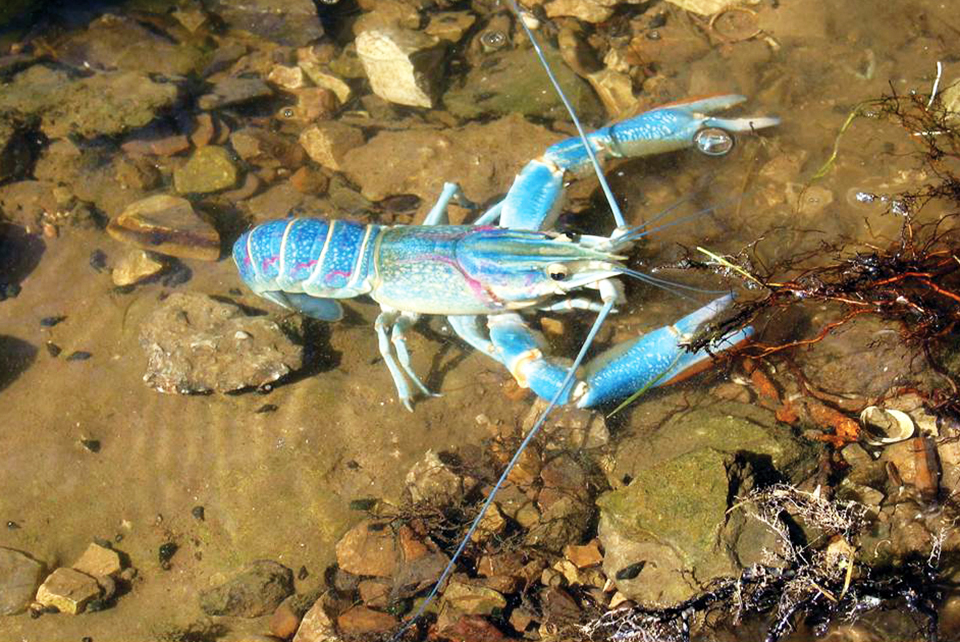
Health & Welfare
Diets for pond-raised red claw crayfish
Red claw crayfish have numerous attributes that make the species a good choice for aquaculture, including flexibility in feeding that may allow expensive prepared diets to be supplemented or replaced by natural foods or forages.
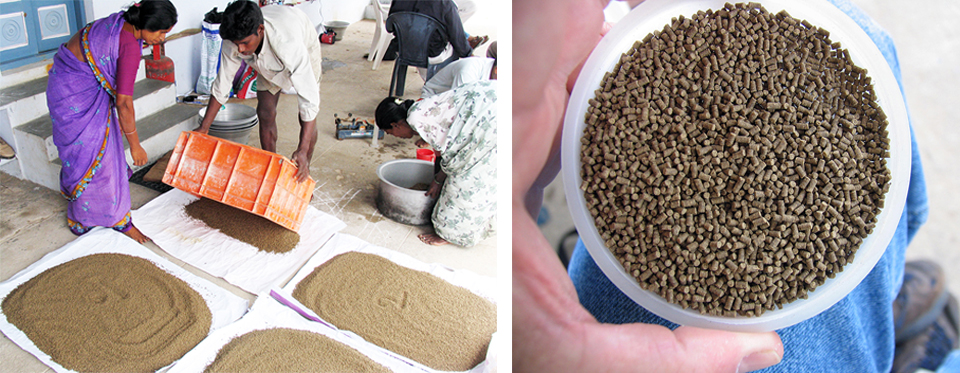
Aquafeeds
A look at India’s fish feed industry
India's fish-farming industry makes limited use of modern feeds, providing potential for the feed sector to grow. Commercial feeds are predominantly used for pangasius farming, followed by a rising popularity in carp culture.
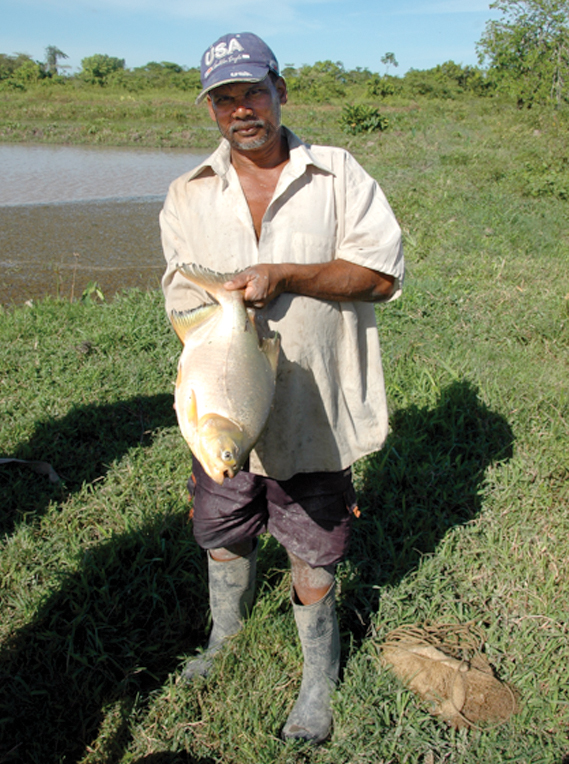
Health & Welfare
A look at aquaculture in Guyana
With its large quantities of water and little industry to pollute it, Guyana has the potential to become a greater player in global aquaculture.

Responsibility
A look at integrated multi-trophic aquaculture
In integrated multi-trophic aquaculture, farmers combine the cultivation of fed species such as finfish or shrimp with extractive seaweeds, aquatic plants and shellfish and other invertebrates that recapture organic and inorganic particulate nutrients for their growth.


